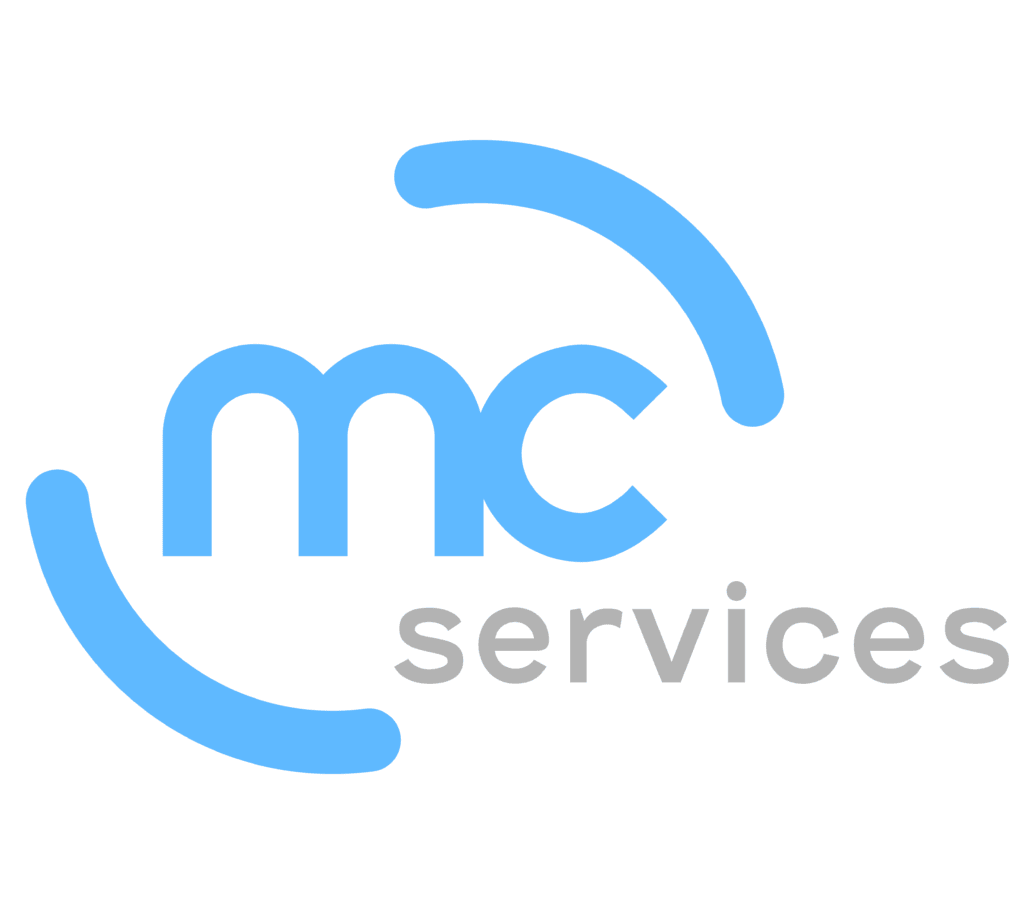For years, Apple has turned out new iPhones with relatively predictability. Every other year it released a completely refreshed handset, with new hardware and a total design overhaul setting the phone apart from its predecessor. Then, during the off years, it would add an "S" model, which looked nearly identical to the previous year's iPhone but boasted a few new features and vastly improved internals.
If that pattern were to hold true, we would see a completely redesigned iPhone come out of Cupertino this year. However, recent reports suggest that the next handset will represent a break from this tradition. Rather than unveil a radically different iPhone this fall, Apple is expected to push out a handset with only subtle changes compared to the iPhone 6S series.
Citing people familiar with Apple's plans, The Wall Street Journal reported that this year's iPhones will hold similar form factors to last year's phones, with new models sporting 4.7-inch and 5.5-inch displays. Many people expected 2016's iPhone to shed its traditional LCD display for an edgeless OLED screen, but the WSJ suggested that this change, among other major design overhauls, will be pushed back to 2017, when Apple will celebrate the iPhone's 10th birthday.
So what can we expect from this year's update? At least one predicted change appears to be coming to fruition – the newest iPhone is widely expected to ship without a traditional headphone jack. As a result, Apple will be able to make its handsets thinner and more water resistant.
As many pundits have been quick to point out, this move could risk angering consumers who have already invested in standard headphones and ear buds. No longer able to plug these into their phones, users will instead have to rely on wireless Bluetooth headsets or wired headphones that connect to the iPhone via the Lightening port. To listen with traditional headphones, users would have to purchase a specialized adapter.
While this may be frustrating for consumers at first, Apple has proven it doesn't mind sacrificing convenience to drive innovation. For example, the original MacBook Air models pushed the envelope by ditching the disk drive in 2008, a time when many users still relied on CDs and DVDs. Perhaps Apple is hoping for a similar shift here. In fact, most of the time Apple makes a hardware change, the world tends to follow suit.
At MC Services, we specialize in helping your workforce work smarter with the latest Apple devices. From iOS management to Mac IT support, our certified IT consultants can help outfit your company with the latest in Apple for enterprise. Plus, once you get set up, we continue to provide world-class Apple support and training for your staff. Contact us today to get started.
